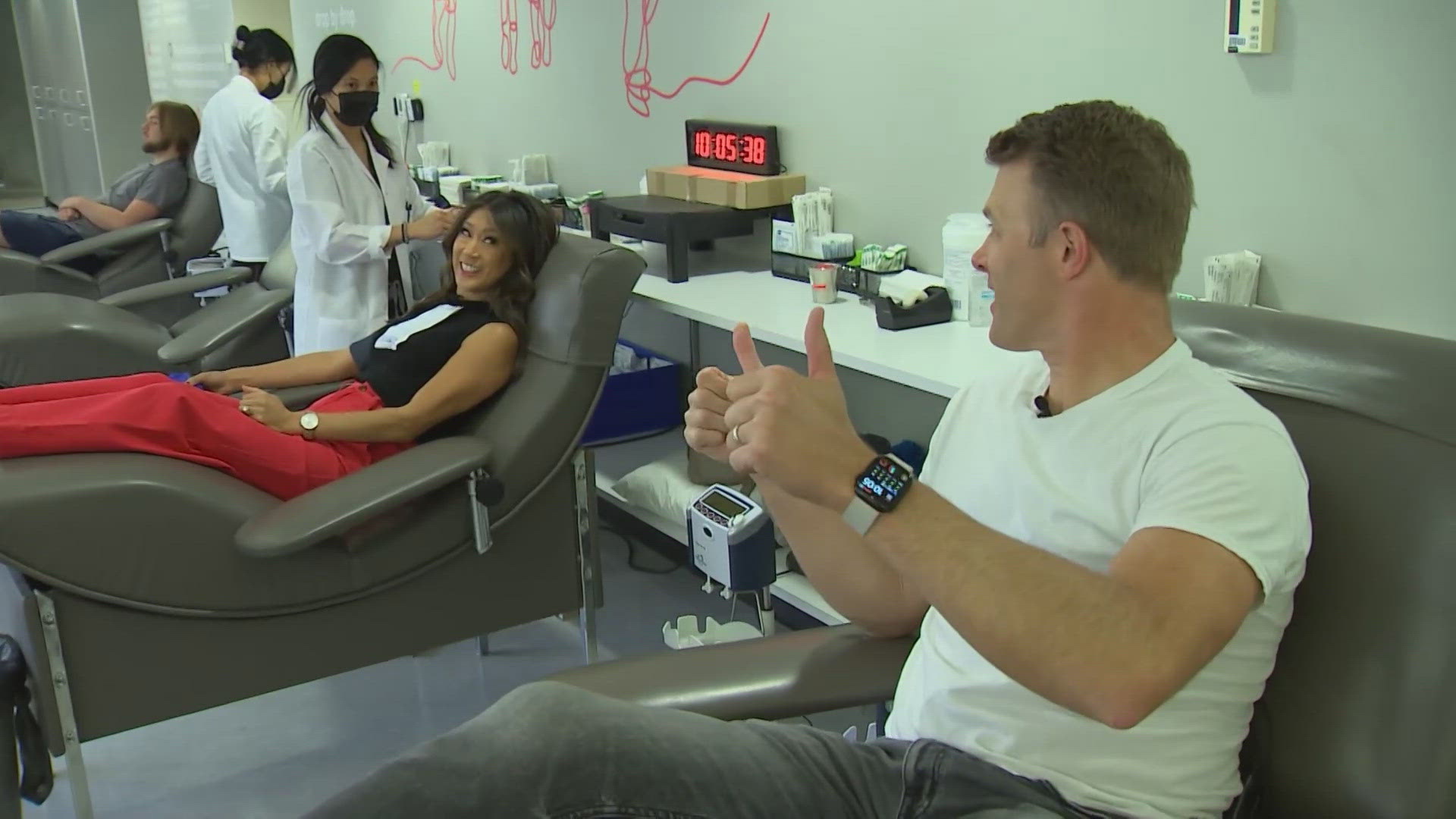As Seattle continues to cope with a homelessness crisis, one local hospital is taking a new approach when it comes to healthcare for those living on the streets.
It's called the Homeless Palliative Care Outreach Program. It is run out of Harborview Medical Center's clinic in Pioneer Square and is the first program of its kind in the entire country.
"Palliative care is specialized care for people with serious illnesses, and what we aim to do is to help people live as well as possible for as long as possible," said Dr. Daniel Lam, of UW Medicine.
Lam is the Medical Director for Palliative Care Services at Harborview Medical Center.
He said research has shown the homeless population has a mortality rate three to four times greater than that of the general public.
Another scary statistic: the average age of death of a homeless person in Seattle is just 48 years old.
"These are people who were not able to receive the kind of care they needed towards the end of their lives, so they were dying on the streets, dying in the shelters," said Lam. "So it could be someone with heart failure, someone with some kind of lung dysfunction, someone with kidney disease, for example."
Or in the case of Tracey Redman, someone with cancer.
"I would not go to the doctor because I didn't want to know if something was actually wrong with me, because it scared me," said Redman.
The recovering heroin addict who has been homeless for the last ten years says that healthcare and doctor's appointments were never a priority. He was just worried about day-to-day survival.
"You know, you're worried about how you're going to eat, how you're going to bathe," he said. "The little things most people take for granted. Homeless people don't have that option."
Redman is exactly the type of person that the Homeless Palliative Care Outreach Program seeks to help.
Here's how it works: nurse practitioners who are part of the palliative care team go out to encampments, shelters, even emergency rooms. Their goal is to identify homeless men and women coping with potentially life threatening illnesses.
The outreach team then provides those vulnerable patients with both physical care and emotional support.
Redman first connected with the program when he wound up in the Harborview emergency room with severe stomach pains. That's also when doctors found tumors in his colon and his bladder.
From there, staff behind the Homeless Palliative Care Outreach Program worked with case managers to find Redman medical respite, and a safe place to stay while he undergoes chemotherapy. Eventually, the plan is to find him permanent housing.
Nurse practitioner Tony Boxwell visits with Redman on a regular basis. A big part of his job is simply to listen to Redman's concerns and his fears.
There is no judgment from Boxwell, only compassion and support.
"I think Tony plays a pretty important role to me," said Redman. "Due to the fact that he makes you feel like it's not the end of the world, and even if perhaps it was, they will help ease me through it."
For Redman, that's a huge comfort, because dying alone is a big worry among the homeless, himself included.
"I'm glad I have that resource," he said. "If nothing else to comfort me and take away the fear or it all. Knowing you have somebody in your corner, and if the bottom did fall out, they'll be with you til the end."
That's all Redman could ever ask for. He believes he's proof the Homeless Palliative Care Outreach Program is working.
Right now, the program is funded by a small grant of only about $170,000. Not nearly enough, if you ask Dr. Lam.
"It's a very, very small team. There are only two people who are actually paid through the grant," said Lam.
So far, he says the program is having success among the roughly 50 homeless patients they've been able to provide palliative care for. The challenge now is securing long-term funding, after the grant money runs out.
Lam says they need to build a bigger team so they can serve more people.
"I can't really put into words just how rewarding it is when you're able to meet someone's core needs and really be able to provide some kind of meaningful healing," he said. "The location doesn't really matter to us. It's meeting people where they are, and making sure we can enable them to live as well as possible under the circumstances.


